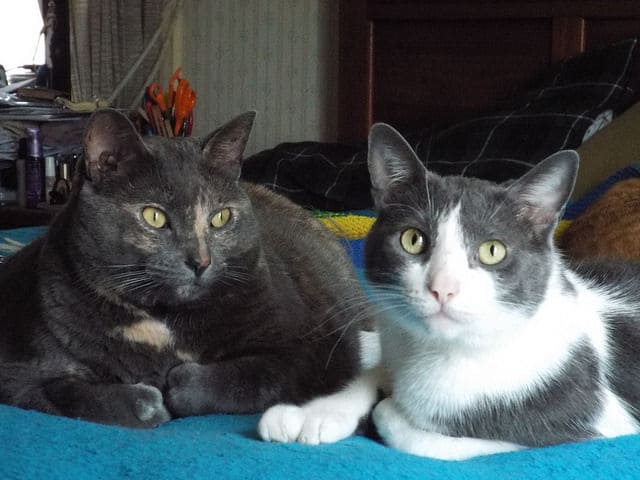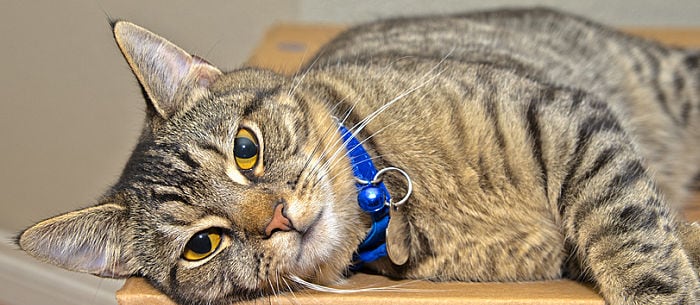As you consider adopting a pet, don’t overlook ones that are a little different. For example, you might pick up a kitten and notice that she has an extra digit. These polydactyl cats — ones with more than the requisite 18 toes — may look a bit strange, but they’re just as sweet as any other. You might think that polydactyl cats are a rare occurrence, akin to a blue lobster, but these multi-toed felines pop up with some frequency. In fact, some cat varieties, like the polydactyl Maine coon cat, have lived and thrived in this country for hundreds of years. The term has Greek roots: “poly” means “many,” and “daktylos” means “fingers” or “toes.”

If you have a polydactyl cat, you can take pride in your very interesting furry friend! Here are seven fun facts about polydactyl cats:
- They’re Imported
According to Manhattan Cat Specialists, polydactyls may have come over on ships from England in the 1600s.
- A Canadian Holds The Record
The cat with the most toes ever counted, as cited by Guinness World Records, is a kitty from Canada who has 28 in all, seven on each paw.
- Heredity Plays a Role
A polydactyl cat is the result of a dominant genetic mutation. This means that if one cat parent is already multi-toed, the chances that her offspring will sport the same look goes up (and of course if both parents are polydactyl, the numbers increase even more). Most cats have 18 toes, five on each front paw and four on each hind paw. A polydactyl typically only has one or two extra digits on the front or back paw, but can have as many as three or four extra!
- They Have Nifty Nicknames
As with anything that’s a little out of the ordinary, polydactyl cats have picked up all sorts of cute terms that refer to their extra toes. Because their feet look bigger than other cats’, you’ll sometimes hear this feline called a “mitten cat.” She might also be referred to as a “boxing cat,” “six-finger cat,” “bigfoot cat,” “double-pawed cat” or a “cat with thumbs.” These kitties are also known as “Hemingway cats” because the writer Ernest Hemingway once owned one, according to the Ernest Hemingway Home & Museum‘s website.
- Extra Toes Don’t Get in The Way
Most polydactyls get around just fine with multiple toes and don’t require special care. However, polydactyls’ nails do need regular trimming, as they can become ingrown, causing pain and infection. Have your vet inspect your cat’s paws regularly to see whether there are any issues related to his extra digits.
- Other Animals Are Polydactyl, Too
This gene variant shows up in other parts of the animal kingdom, so be on the lookout for polydactyl dogs, chickens, mice, horses, guinea pigs and even humans.
- A Poly Lived in The White House
Yup, Teddy Roosevelt had a cat with multiple toes named Slippers, says The Animal Foundation.
If you have questions about your cat’s toes, or you suspect your feline has an extra one or two, contact your vet. He can give you information about the origins of this phenomenon and advice about how to care for your special cat.
If you wonder why your cat uses her many toes to knead you or your furniture, check out Cat Kneading: Why Does Your Happy Kitty Do It?
Jennifer Kelly Geddes is a New York-based writer and editor who specializes in parenting, health and child development. She’s a frequent contributor to Care.com and the mom of two teen girls.

